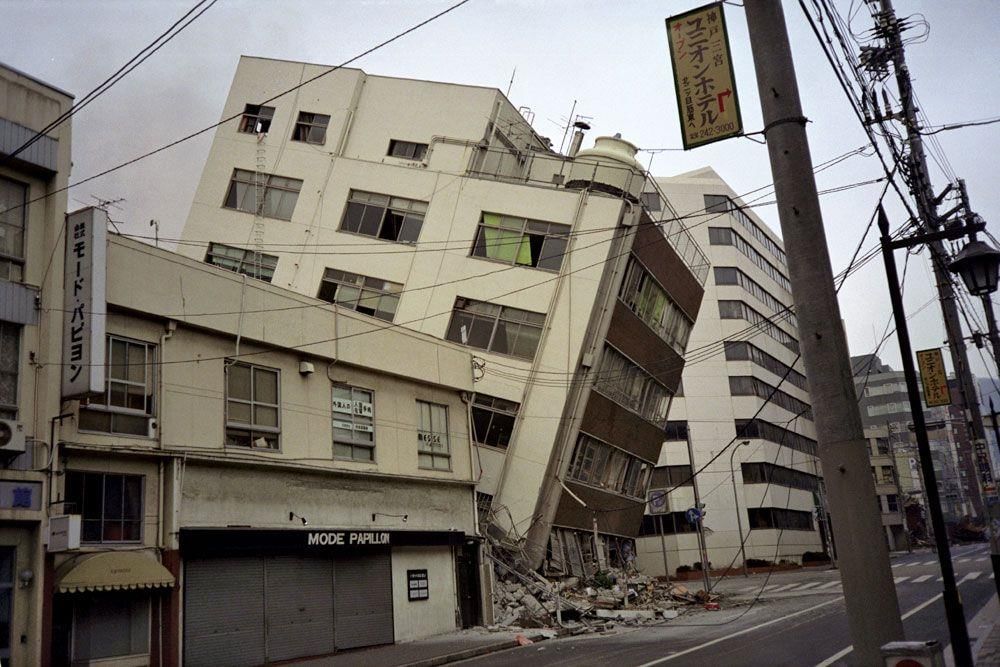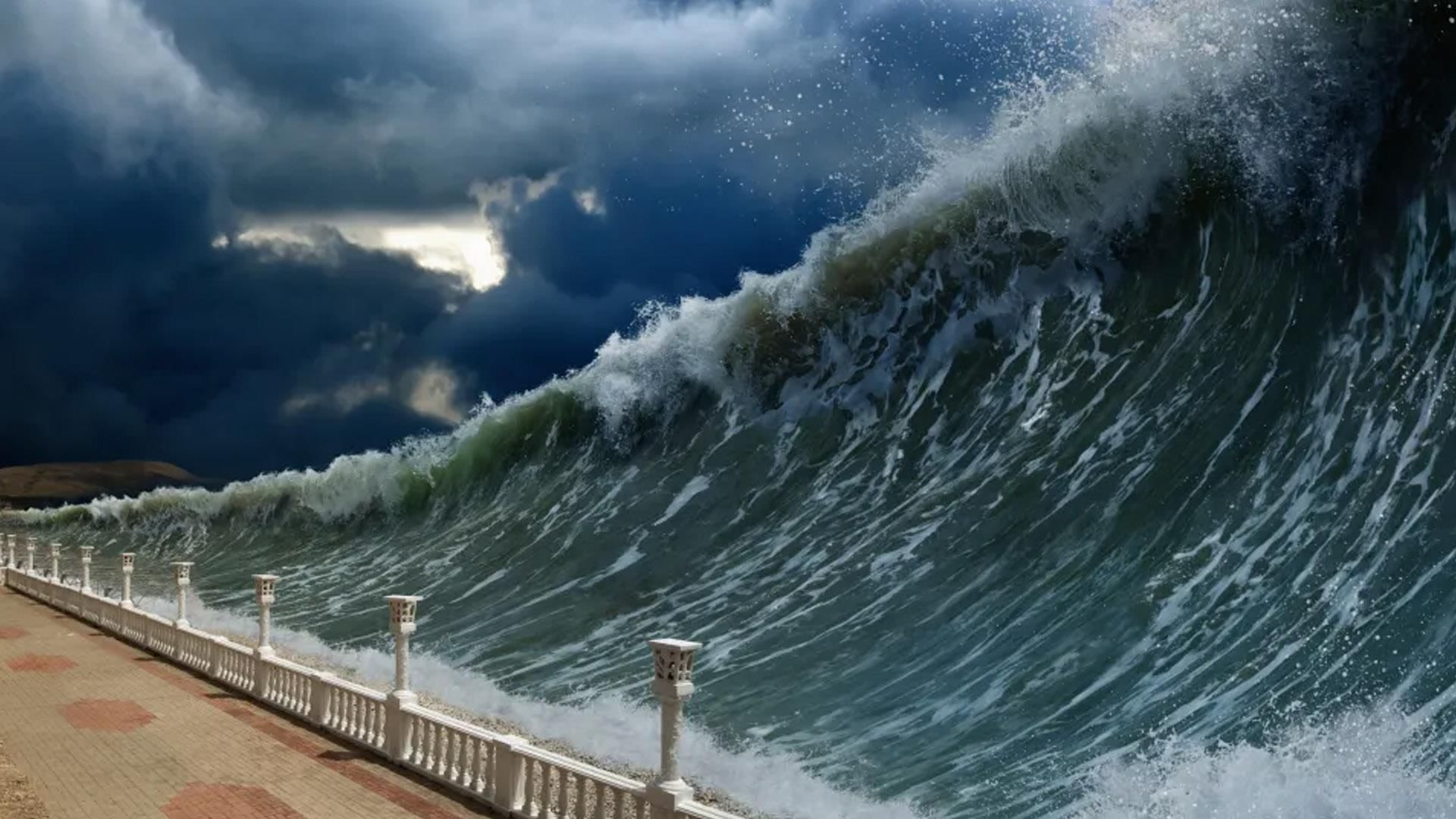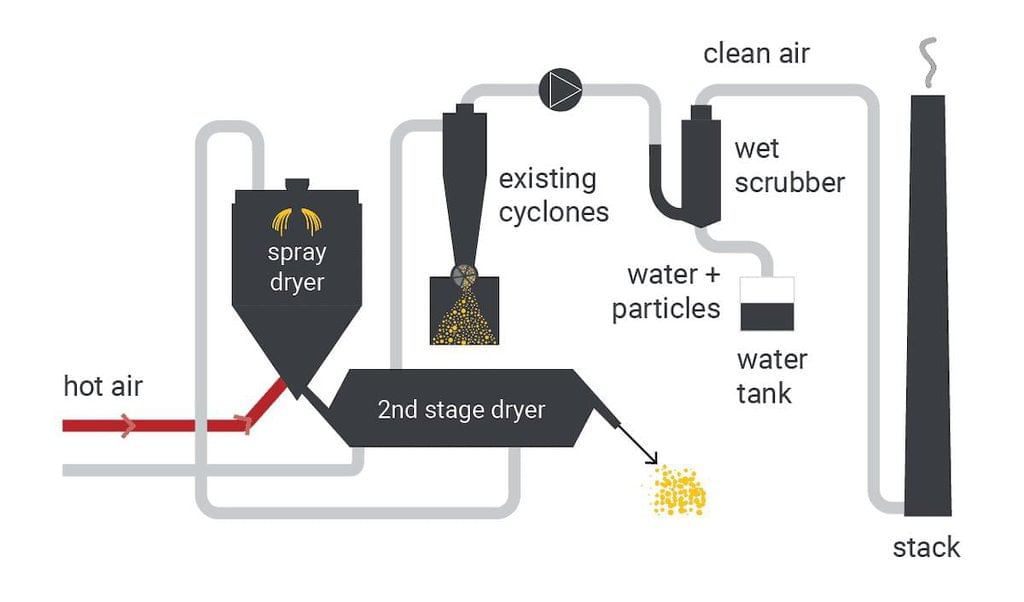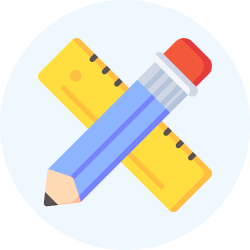Natural Disasters Chapter Notes | Eureka Plus Class 5: Book Solutions, Notes & Worksheets PDF Download
Earthquake

The Earth is made up of several massive slabs of hard rock called tectonic plates. These plates are constantly moving because of the heat energy produced by magma beneath the Earth's surface. Sometimes, these plates collide, causing an earthquake. Earthquakes can happen both on land and under the ocean.
During an earthquake, everything above the plates, including buildings and people, shakes or moves. The strength of an earthquake is measured using the Richter Scale, which was created by Charles Francis Richter in 1935.
Charles Francis Richter was an American scientist who studied earthquakes. He developed the Richter Scale with his colleague Beno Gutenberg to measure how strong an earthquake is.
Earthquakes are rated on the Richter Scale from 1 to 10. A rating of 2 or 3 means the earthquake is weak, while a rating of 7 or higher means it is very strong and can cause a lot of damage. Strong earthquakes can make buildings, roads, bridges, and dams collapse, leading to injuries and loss of life.
Some areas in India, like Delhi, Kolkata, Srinagar, and Shillong, are more likely to experience earthquakes. These places can have earthquakes at any time.
Tsunami

Tsunami refers to a series of waves caused by the displacement of a large volume of water, typically due to an underwater earthquake with a magnitude of 7 or higher. The word "tsunami" comes from Japanese, where "tsu" means harbor and "nami" means wave, indicating the waves' impact on coastal areas.
- Formation: Tsunamis are formed when tectonic plates on the ocean floor shift abruptly during an earthquake, either moving upwards or downwards. This movement generates ocean waves that travel at high speeds.
- Ocean vs. Coast: While the waves are harmless in the open ocean, they become extremely dangerous as they approach the coast. When these waves reach shallow waters near the shore, they can rise to staggering heights, sometimes exceeding 100 feet, and cause widespread destruction.
- Safety Measures: In the event of a tsunami warning, it is crucial for people to evacuate quickly and move at least two kilometers away from the coast to ensure their safety.
Additional Information:
- Richter Scale: The Richter scale, used to measure the magnitude of earthquakes, is pronounced as "rik-ter."
- Silent 'T' in Tsunami: The letter 't' in the word "tsunami" is silent, pronounced as "soo-nah-mee."
- Not All Earthquakes Cause Tsunamis: It's important to note that not all large earthquakes in the ocean trigger tsunamis. A tsunami specifically occurs when there is a significant vertical displacement of the ocean floor during an earthquake, leading to the rapid formation of ocean waves.
Foods and Cyclones

Floods happen during the rainy season when a region receives too much rain. This excess water flows into rivers, dams, and lakes, and when these water bodies overflow, they submerge the surrounding land, causing a flood.
Cyclones occur in areas close to the sea, making coastal regions vulnerable. A cyclone is a powerful storm characterized by very strong winds and heavy rain. The intense winds can uproot trees, damage houses, and break electric poles. During a cyclone, the heavy rainfall can lead to flooding in coastal areas, submerging fields and destroying crops. The floodwaters also cause damage to houses, roads, and bridges.
To alert people about an approaching cyclone and its severity, warnings are broadcasted on radio and television.
During and After Floods or Cyclones
- Listen to the radio or TV for the latest weather warnings.
- Turn off the gas and electricity before leaving.
- Avoid going near floodwaters, gutters, or drains.
- Stay away from electric poles and broken power lines.
- Drink only boiled water.
Important Terms
- Cyclone: A severe storm with strong winds and heavy rains.
- Earthquake: Sudden shaking of the Earth's surface caused by the movement of tectonic plates.
- Flood: A natural event when water overflows and submerges land.
- Richter Scale: A measure of the intensity of an earthquake.
- Seismologist: A scientist who studies earthquakes.
- Tectonic Plates: Massive slabs of hard rock present below the oceans and land, covering the entire Earth.
- Tsunami: A series of large ocean waves caused by a strong earthquake on the ocean floor.
















